ALSO IN THE NEWS

Somalia:Stabilisation challenges and costs
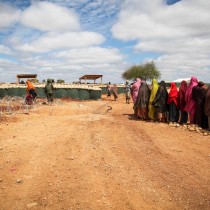
Sunatimes.com - The basic premise of current stabilisation in Somalia is that territories re-conquered should be stabilised in order to bring them permanently under government control, to prevent a renewed loss to al-Shabaab. The focus of stabilisation is hence predominantly the fight against violent extremism. A general distinction between military stabilisation and civilian-led initiatives applies. The division of labour at the onset entailed that AMISOM engages in hot, military (also known as 'hot') stabilisation whereas the United Nations (UN) supports civilian-led initiatives and act as guarantors of the political process. Nevertheless, over time this distinction has evolved, with mission mandates becoming multidimensional in response to evolving conditions on the ground and learning by doing.
The story of AMISOM is a case in point. The mission did not start out as a stabilisation force. AMISOM began to take on various stabilisation tasks in late 2011 and had to define its stabilisation agenda on an ad hoc basis and learn through operating. AMISOM was first deployed to Mogadishu in 2007 to provide protection to the Transitional Federal Government (TFG) and began as a small protection contingent comprised of 1,600 Ugandan troops. However, it soon became involved in urban warfare. AMISOM troops were able to push al-Shabaab out of the city and beyond, and Ethiopian and Kenyan troops took control of other strategic towns in south-central Somalia. It was due to this military success that, in 2011, the African Union (AU) decided it needed to support the stabilisation of the capital city and address the security situation beyond Mogadishu, as well as assist the TFG in consolidating political control in areas recovered from al-Shabaab. From 2011 onwards, AMISOM started strengthening police and civilian components of the missions and slowly transformed from a purely military into a more multidimensional operation. It then defined stabilisation as activities undertaken to facilitate early recovery of the population and institutions in a locality recovered from al-Shabaab.
The planned withdrawal of AMISOM in 2021 threatens all stabilisation programmes in Somalia. Without substantial international support, the SNA will not be able to advance, or even maintain, its territorial gains. To mitigate these imminent risks, the government developed the Somali Transition Plan to guide a gradual conditions-based transferring of responsibilities from AMISOM to the Somalia security institutions. The Plan does not only cover the transition of military tasks, but has a civilian component including stabilisation, local governance and state-building activities that include the expansion of local policing and justice. All are developed in connection with the new UN approach to stabilisation and the FGS Stabilisation Strategy, officially endorsed in 2017, which focuses on four components: community recovery; social reconciliation; local governance and rule of law.
In addition to the operational challenges, stabilisation in Somalia comes with high financial costs too. In an aid mapping exercise conducted by the Ministry of Planning, Investment and Economic Development (with support of the World Bank and the UN), the amount of project financing for stabilisation purposes stood at $378.1 million in 2017 ($108.1 million principal focus and $270 million significant focus), a mild increase compared to 2016 when it stood at $345.6 million ($82.3 million principal focus and $263.3 million significant focus).
Leave a comment
| Copyright © 2009 - 2025 Sunatimes News Agency All Rights Reserved. |
| Home | About Us | Diinta | Reports | Latest News | Featured Items | Articles | Suna Radio | Suna TV | Contact Us |
 0
0 


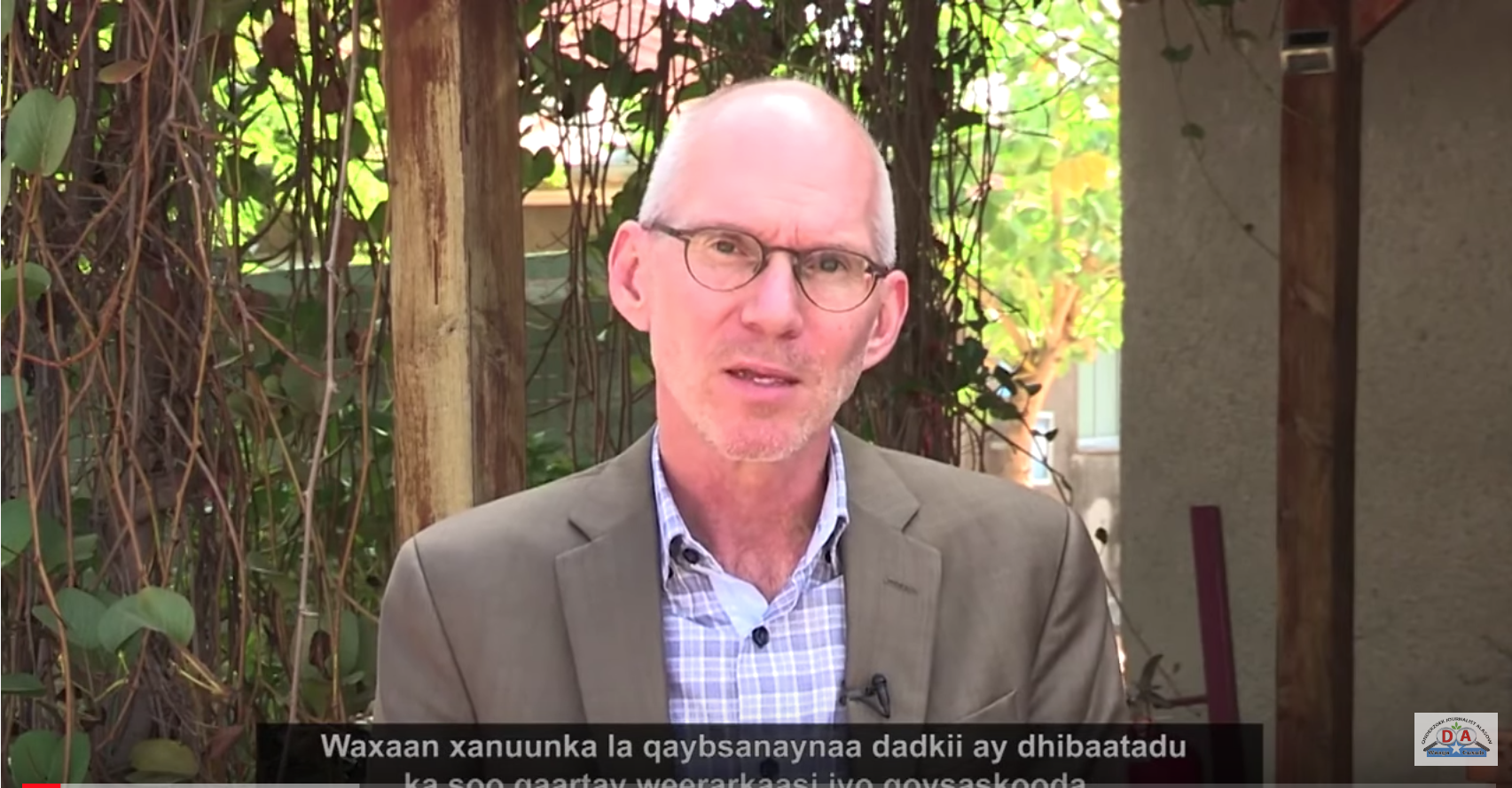
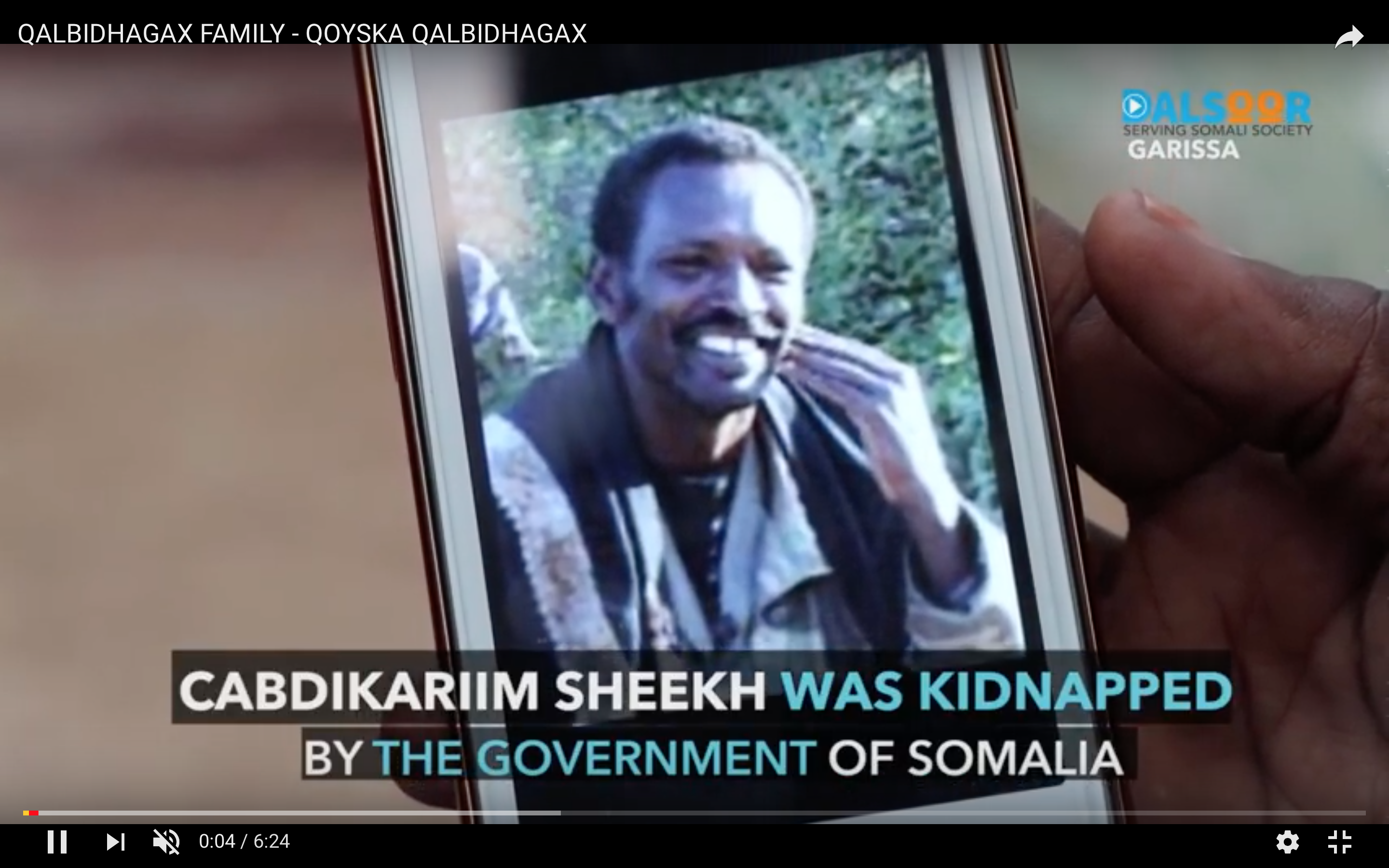
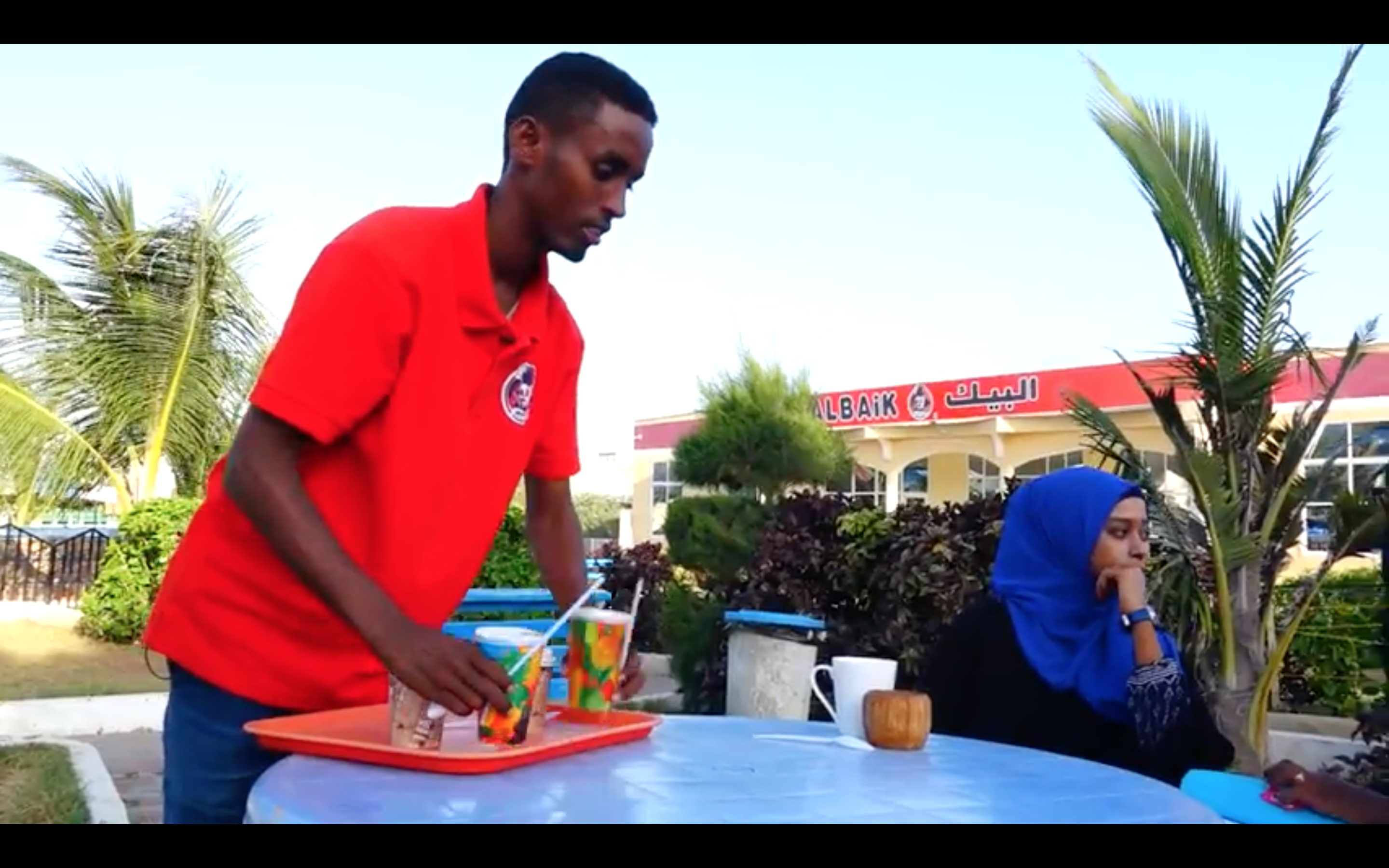
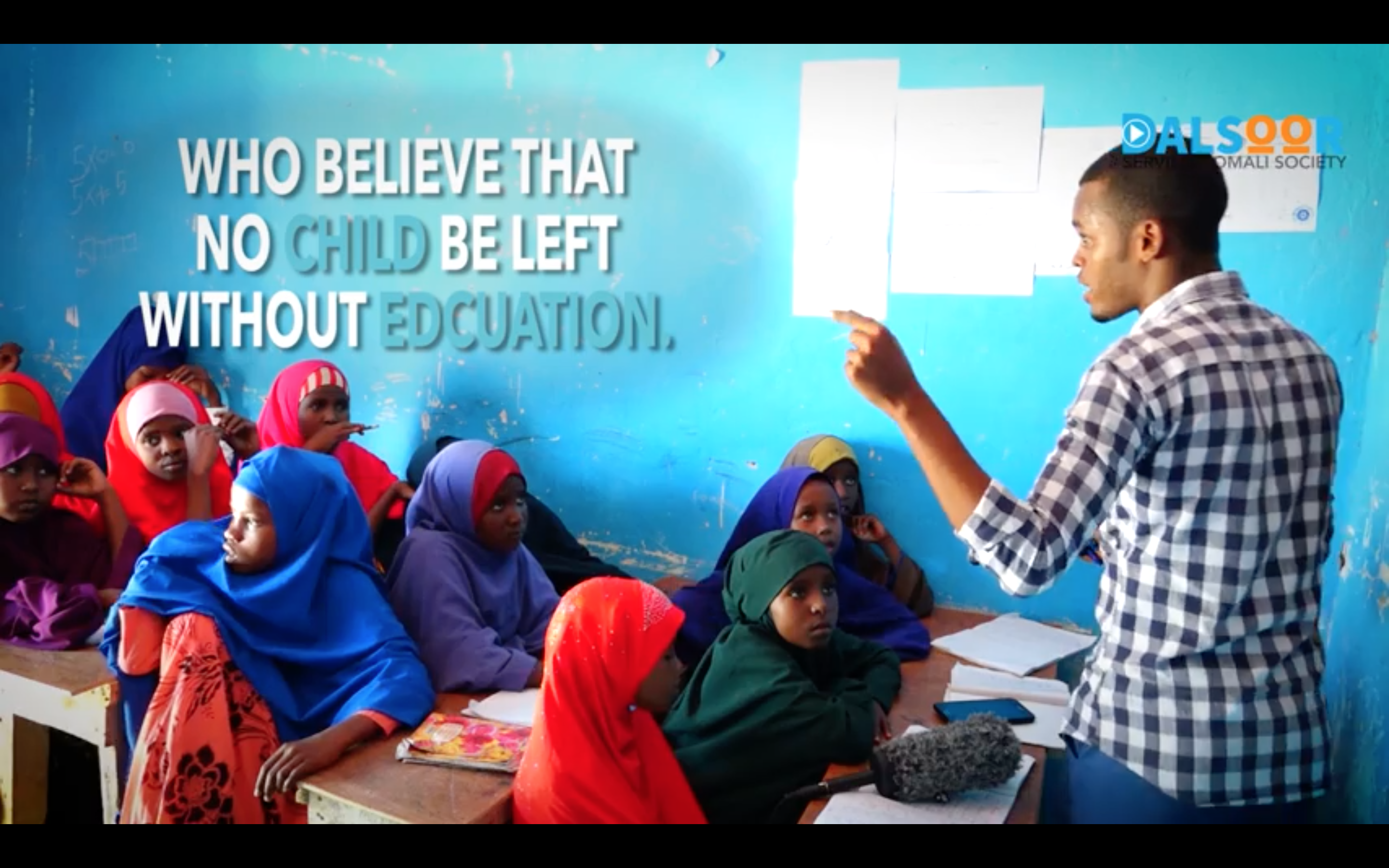
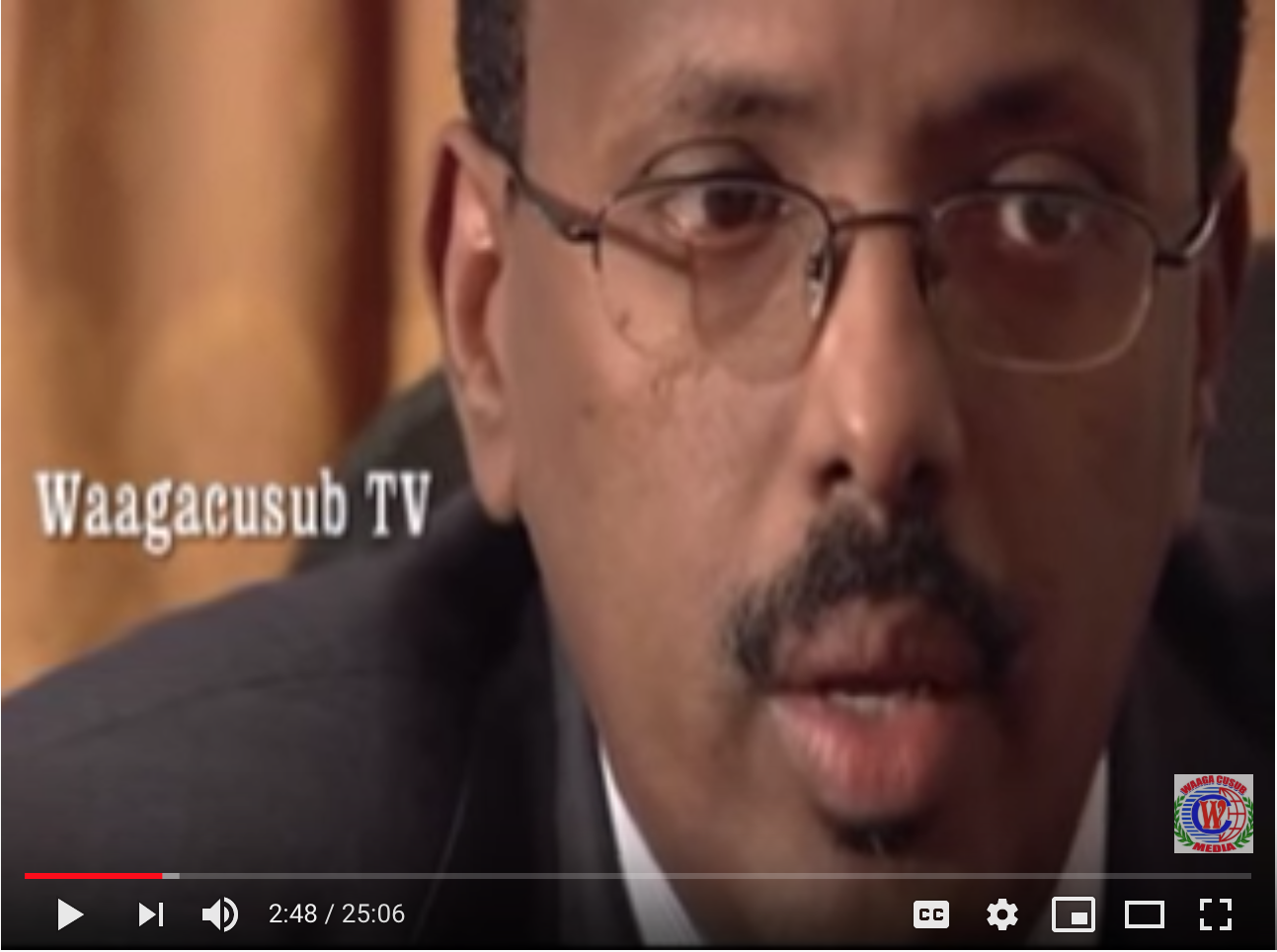

Somalia:Stabilisation challenges and costs
Sunatimes.com - The basic premise of current stabilisation in Somalia is that territories re-conquered should be stabilised in order to bring them permanently under government control, to prevent a renewed loss to al-Shabaab. The focus of stabilisati